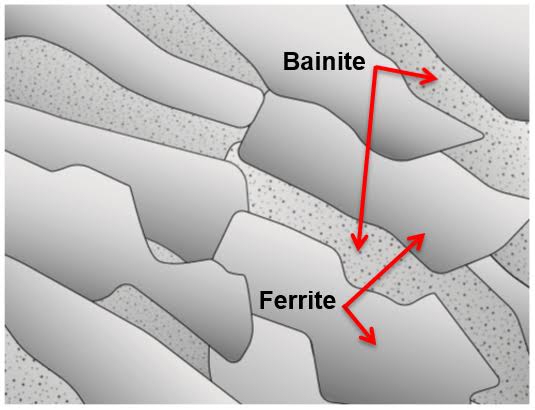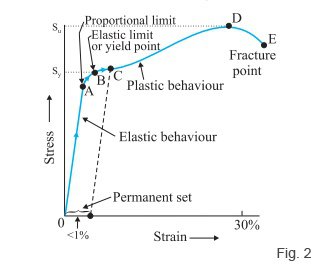Meta TechX Engineers :
In today’s rapidly evolving industrial landscape, optimizing efficiency and performance is of paramount importance for businesses. One key metric that helps manufacturers gauge their equipment’s effectiveness is Overall Equipment Efficiency (OEE). This article will delve into the concept of OEE, how to calculate it, and offer valuable insights on maintaining equipment efficiency. Meta Blogs
What is Overall Equipment Efficiency (OEE)?
Overall Equipment Efficiency, known as OEE, is a metric used in manufacturing to measure the effectiveness of equipment in achieving maximum productivity. It quantifies how well a machine performs relative to its full potential. OEE provides manufacturers with a comprehensive assessment of their equipment’s availability, performance, and quality, enabling them to identify bottlenecks and areas for improvement.
How to Calculate OEE?
Calculating OEE involves assessing three essential factors that influence equipment performance: availability, performance, and quality. Each factor is expressed as a percentage, and when multiplied together, they provide the OEE percentage.
Here is the formula for calculating OEE:
OEE = Availability × Performance × Quality
- Availability: Availability refers to the percentage of time that equipment is available for production. It can be affected by factors such as unplanned downtime, breakdowns, maintenance, and changeovers. To calculate availability, use the following formula:
Availability = (Operating Time – Downtime) / Operating Time - Performance: Performance indicates how well the equipment is running compared to its designed speed. It takes into account factors like speed loss, minor stoppages, idling, and reduced speed due to non-optimal settings. The formula for calculating performance is as follows:
Performance = (Ideal Cycle Time × Total Count) / Operating Time - Quality: Quality measures the proportion of good output that meets the required specifications. It accounts for defects, rework, and scrap. The quality component of OEE can be calculated using the following formula:
Quality = (Total Count – Defective Count) / Total Count
By multiplying the availability, performance, and quality percentages together, you can determine the OEE percentage for your equipment.
Maintaining Equipment Efficiency
While the calculation of OEE provides valuable insights into equipment performance, it is equally important to implement strategies to continually improve and maintain efficiency. Here are some key steps to enhance equipment efficiency:
- Regular Maintenance: Implementing a preventive maintenance schedule is crucial for identifying and rectifying potential problems before they result in downtime or breakdowns. Regular inspections, lubrication, and replacing worn-out parts can significantly improve equipment reliability and availability.
- Operator Training and Engagement: Well-trained and engaged operators can make a significant difference in maximizing equipment efficiency. Providing comprehensive training on equipment operation, maintenance, and troubleshooting empowers operators to identify and address issues promptly, reducing downtime and improving performance.
- Continuous Improvement Initiatives: Embracing a culture of continuous improvement is essential for optimizing equipment efficiency. Encouraging employees to contribute ideas, implementing lean manufacturing practices, and utilizing data-driven insights can help identify opportunities for efficiency gains and process optimization.
- Real-Time Monitoring and Analytics: Deploying advanced data acquisition systems and analytics tools enable real-time monitoring of equipment performance. By tracking key performance indicators (KPIs) and analyzing data, manufacturers can quickly identify potential bottlenecks, make informed decisions, and take proactive measures to maintain optimal efficiency.
- Lean Supply Chain Management: Collaborating closely with suppliers and optimizing the supply chain can have a significant impact on equipment efficiency. Ensuring timely delivery of quality raw materials, component availability, and efficient inventory management minimize disruptions and optimize production flow.
Conclusion
Overall Equipment Efficiency (OEE) serves as a critical performance indicator for manufacturers seeking to optimize equipment effectiveness. By accurately measuring OEE and implementing strategies to maintain and improve efficiency, businesses can enhance productivity, reduce operational costs, and achieve competitive advantage. Embracing preventive maintenance, operator training, process optimization, and real-time monitoring are key steps towards maximizing equipment efficiency. Remember, OEE is not a one-time exercise but a continuous journey towards operational excellence. Join Meta TechX Engineers




